
Lives with flavor
Tampopo (1987) by Japanese director Juzo Itami - is considered one of the best films with the theme of cuisine . The film successfully depicts the magical and complex interweaving of cuisine with every aspect of life.
For Juzo Itami, food is everything. Food in Tampopo represents birth, death, love, dreams, perseverance, sex, family, redemption, and cinema.
Like a dish full of flavors, Tampopo does not confine itself to one or two specific genres. It contains many different main/sub-stories, inspired by old Hollywood movies of the Western genre...
Tampopo ends with a scene of a mother breastfeeding her child that continues until the end credits roll, creating a cycle. The film ends, but it also opens a new link between life and food, nourished by the first food of life: breast milk.
Whether short or long, each story has its own meaning, combined into a complete Tampopo - just like how this life simultaneously contains countless different stories on the dining table of life.

Healing food
Food doesn't have to be a big deal. It can simply be the glue that binds families together. Ang Lee's 1994 film Eat Drink Man Woman is a perfect example.
The film revolves around the daily life of Mr. Tao Chu, a retired master chef, and his three daughters. Every Sunday, Mr. Chu shows off his cooking skills, cooking extremely elaborate dishes for the whole family to enjoy together.
Having experienced loss and generational gap, Mr. Chu and his children could not find common ground on many issues. The only way he knew how to express his love to his children was through food.
A love for cuisine, originating from his mother's small kitchen, perhaps shaped the aesthetic love for food of the French director of Vietnamese origin - Tran Anh Hung.
In his first feature film, The Scent of Green Papaya (1993), the director poeticized and romanticized the preparation of a very rustic yet elegant papaya salad. Each gentle touch, the emotions evoked from the senses to the nostalgia in the memory of each viewer.
It has been 31 years since the release of “The Scent of Green Papaya”, but no Vietnamese film has been able to portray the beauty of our country’s cuisine as deeply and memorably as this film did with papaya salad.
Culinary Bridge on Film
Vietnam’s culinary culture is full of wonders with complex dishes in a harmonious balance of ingredients and spices, while at the same time being very close to everyday life. Unfortunately, such a rich culinary culture is rarely represented in Vietnamese cinema.

Food still exists in movies only as a supporting element to the main story of the film. Meanwhile, Vietnamese cuisine has captured the hearts of famous chefs, vloggers, and food critics around the world , including Anthony Bourdain.
Vietnam is a cultural, tourist and culinary destination very dear to the American travel documentary filmmaker and chef.
If the core of the film Tempopo above is the Japanese ramen bowl, the highlight of episode 4 season 4 of Anthony Bourdain's documentary Parts Unknown is the Vietnamese signature dish Bun Bo Hue.
“The broth is a sophisticated blend of bone broth, lemongrass, and shrimp paste. The noodles are served with tender pork leg, crab patties, and blood pudding. Then, it is garnished with lime wedges, cilantro, green onions, chili sauce, shredded banana blossom, and bean sprouts. It is a masterpiece of taste and senses. The best broth in the world!”, Bourdain exclaimed.
In 2009, during his second visit to Vietnam, Anthony Bourdain went straight to Hoi An to “try” Banh Mi Phuong. In just under 2 minutes of appearing in the TV series No Reservations, the image of Bourdain standing in the middle of Hoi An street, passionately eating a Banh Mi Phuong, with the comment “This is truly a harmony in a sandwich” made Banh Mi Quang known all over the world.
Anthony Bourdain’s death is a great loss to the Vietnamese people and global food lovers. There are still so many Vietnamese noodle, rice, and rice dishes that he has not enjoyed. For people like him, cuisine is a bridge that leads us to approach the culture, history, and unique lifestyle of each country.
The history of the world is transformed into food on a plate. Each dish is the embodiment of all the hardships, love, and quintessence of the length of human development.
Source


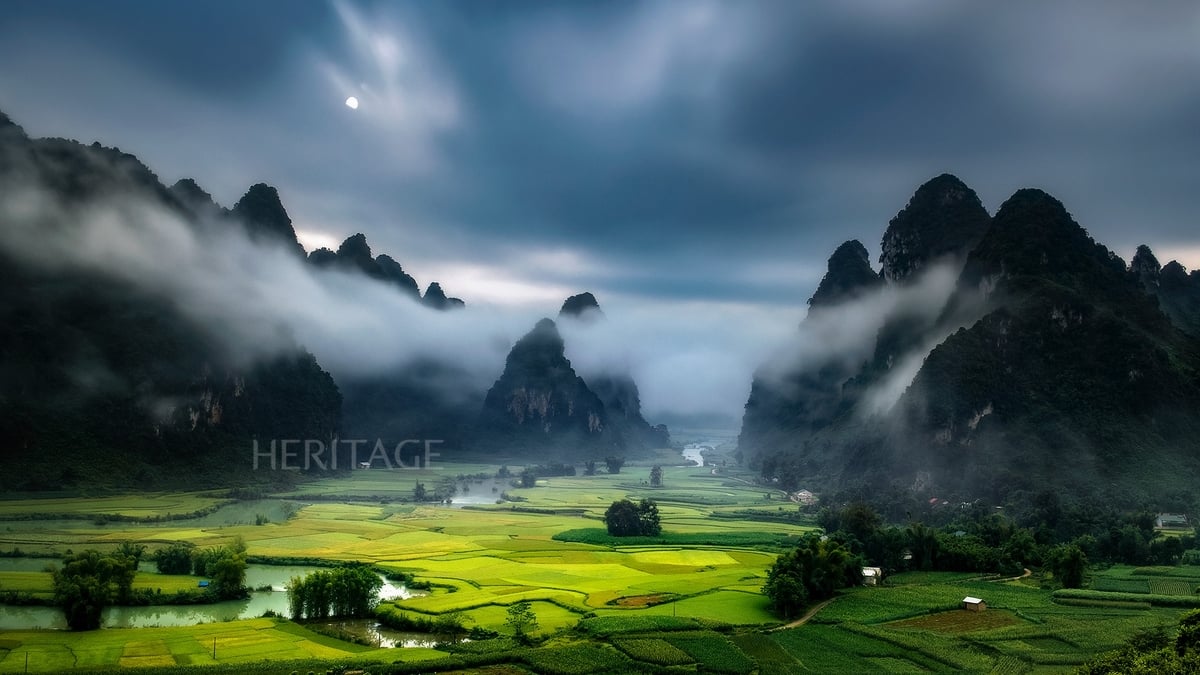
![[Photo] General Secretary To Lam receives Vice President of Luxshare-ICT Group (China)](https://vphoto.vietnam.vn/thumb/1200x675/vietnam/resource/IMAGE/2025/11/15/1763211137119_a1-bnd-7809-8939-jpg.webp)
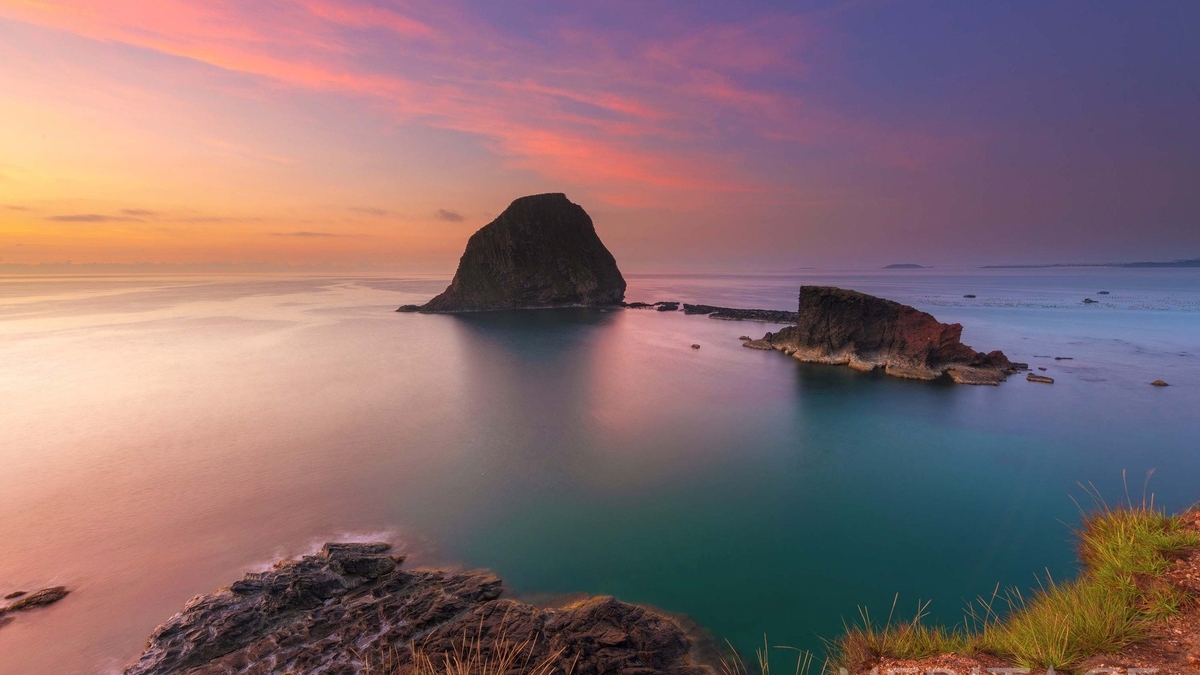
![[Photo] Prime Minister Pham Minh Chinh meets with representatives of outstanding teachers](https://vphoto.vietnam.vn/thumb/1200x675/vietnam/resource/IMAGE/2025/11/15/1763215934276_dsc-0578-jpg.webp)




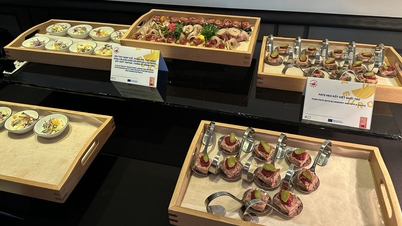







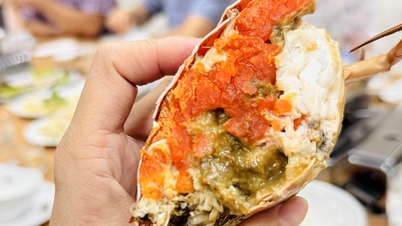
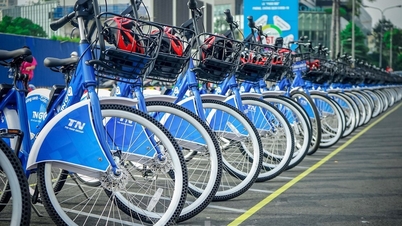





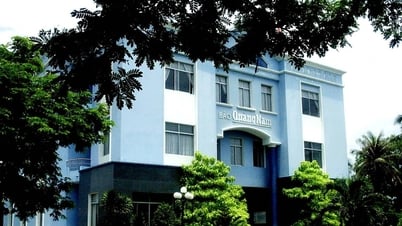



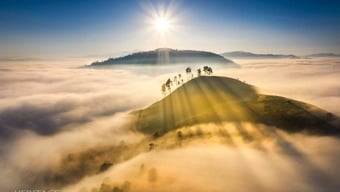
















































































Comment (0)